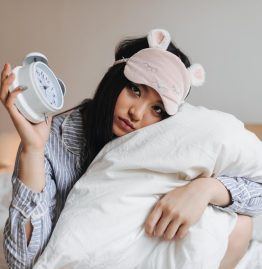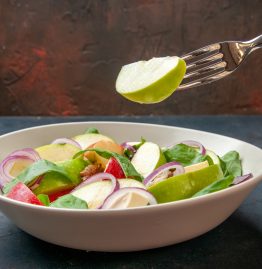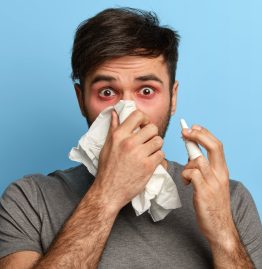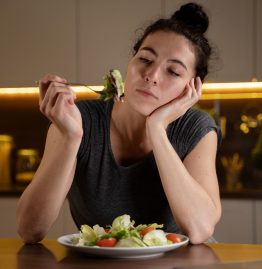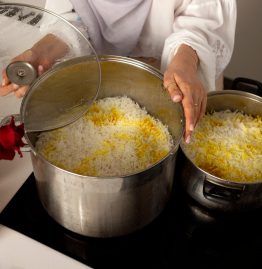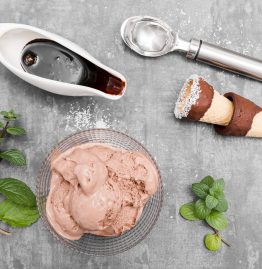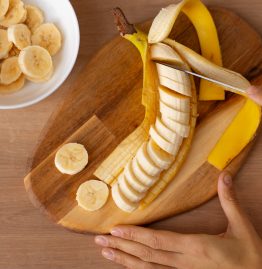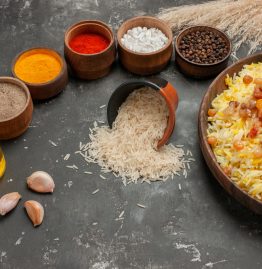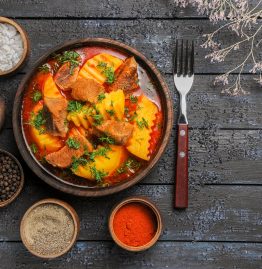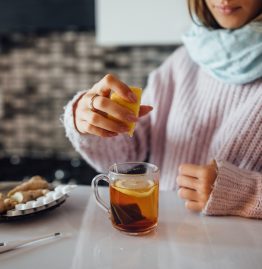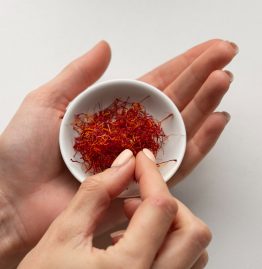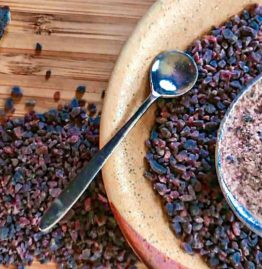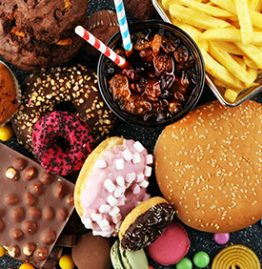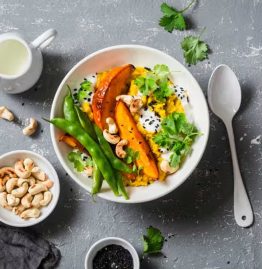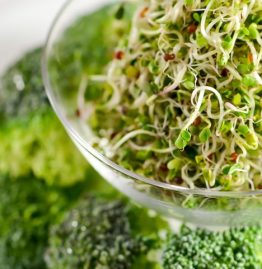Periods are a natural and healthy part of a woman’s life, but they often come with discomforts like cramps, bloating, fatigue, mood swings, and headaches. While pain relievers, heating pads, and rest can provide relief, what you eat during your period plays a huge role in how your body feels.
A well-balanced diet can reduce pain, restore lost nutrients, balance hormones, and improve energy levels. On the other hand, poor eating habits can make cramps worse, increase bloating, and cause more mood fluctuations.
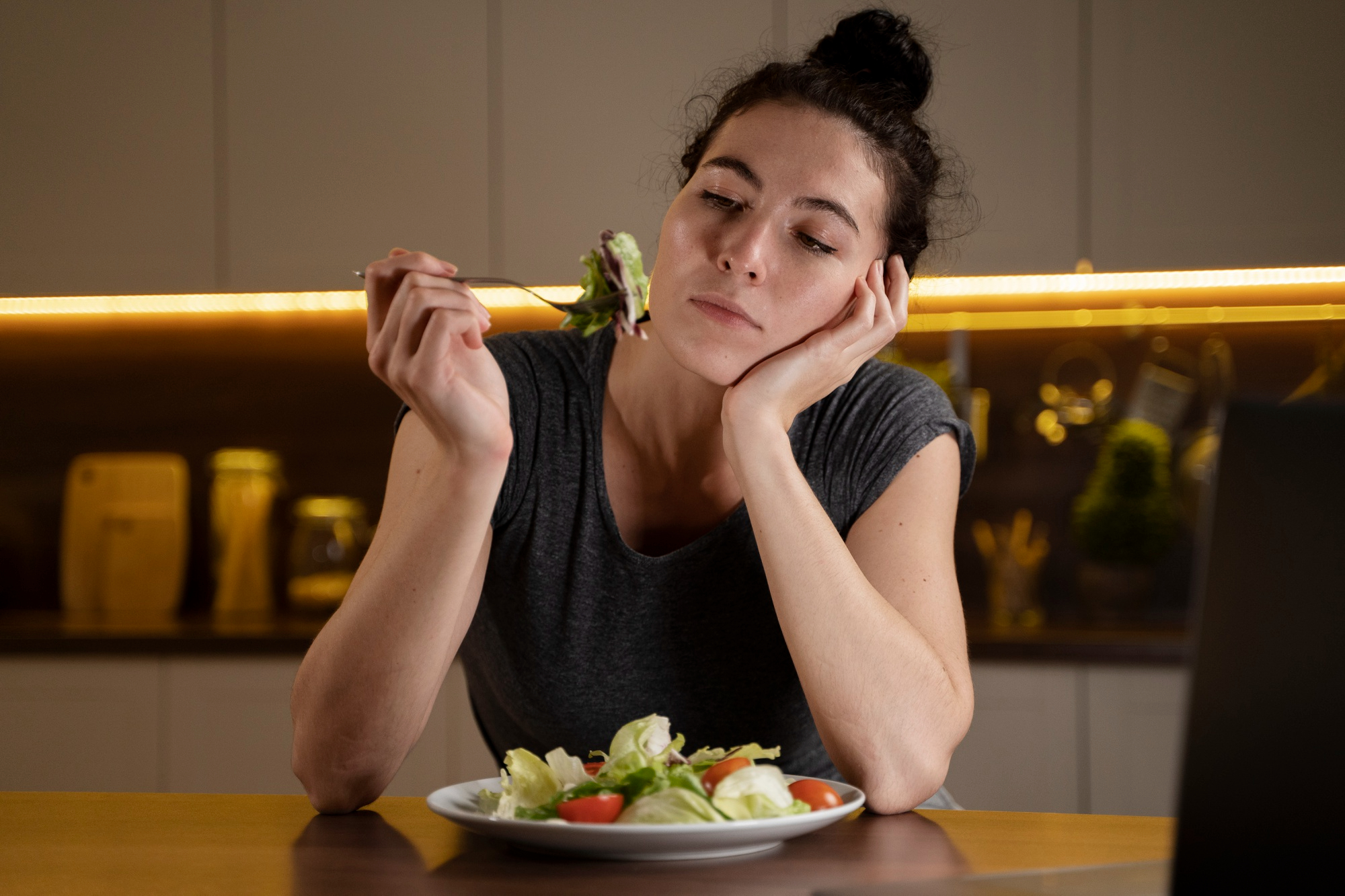
In this detailed guide, we’ll cover:
Why Does Diet Matter During Periods?
During menstruation, your body goes through a lot of changes:
1. Hormonal fluctuations – Estrogen and progesterone levels drop, which can cause mood swings and fatigue.
2. Blood and nutrient loss – Every cycle, women lose iron, magnesium, and other key nutrients. Low iron leads to weakness and anemia-like symptoms.
3. Inflammation and cramps – Prostaglandins (chemicals released during periods) trigger uterine contractions that cause cramps.
4. Water retention and bloating – Hormonal shifts make your body hold extra water, causing bloating.
5. Digestive changes – Some women experience constipation or diarrhea during periods due to hormonal effects on digestion.
👉 A proper period diet ensures that your body replenishes lost nutrients, reduces cramps, improves digestion, and keeps energy steady.
Best Foods to Eat During Periods
Here’s a breakdown of what to include in your diet during menstruation:
1. Iron-Rich Foods – Fight Weakness and Dizziness
During periods, your body loses blood and therefore iron. Low iron levels cause fatigue, dizziness, and low energy.
What to eat:
- Vegetarian sources: Spinach, kale, amaranth leaves (chaulai), beetroot, lentils, rajma, chickpeas, soybeans, pumpkin seeds, jaggery, quinoa.
- Non-vegetarian sources: Lean red meat, chicken, eggs, and fish.
Pro tip: Always pair iron-rich foods with Vitamin C sources like lemon, oranges, amla, or tomatoes to improve absorption.
Example: Dal palak (spinach lentil curry) with a squeeze of lemon is an excellent iron-boosting meal.
2. Magnesium and Potassium-Rich Foods – Reduce Cramps & Bloating
Magnesium relaxes muscles and reduces cramps, while potassium reduces water retention and bloating.
What to eat:
- Bananas
- Avocados
- Sweet potatoes
- Dark chocolate (70%+ cocoa)
- Nuts and seeds (almonds, cashews, pumpkin seeds, sunflower seeds)
- Coconut water (rich in potassium and electrolytes)
Example: A smoothie made with banana, spinach, and chia seeds helps with cramps and keeps you energized.
3. Calcium-Rich Foods – Relax Uterine Muscles
Calcium helps reduce muscle contractions, making cramps less intense.
What to eat:
- Yogurt, paneer, and milk
- Cheese (in moderation)
- Tofu and soy milk (for vegans)
- Sesame seeds (til)
- Ragi (finger millet)
Example: A glass of warm turmeric milk or ragi porridge is soothing and calcium-rich.
4. Protein-Rich Foods – Stabilize Blood Sugar & Energy
Protein prevents sudden energy crashes and keeps you full for longer.
What to eat:
- Eggs, chicken, and fish
- Paneer, tofu, and soy products
- Pulses, dal, and beans
- Nuts and seeds
Example: Moong dal cheela (savory lentil pancakes) with mint chutney make a protein-packed snack during periods.
5. Omega-3 Fatty Acids – Reduce Inflammation and Cramps
Omega-3s have anti-inflammatory properties that ease period pain.
What to eat:
- Flaxseeds and chia seeds
- Walnuts
- Fish like salmon, sardines, and mackerel
Example: Add ground flaxseeds to your roti dough or smoothie.
6. Hydrating Fruits and Vegetables – Beat Bloating
Fruits and veggies with high water content prevent dehydration and bloating.
- Best fruits: Watermelon, oranges, pineapple, strawberries, papaya, pomegranate
- Best vegetables: Cucumber, zucchini, tomatoes, bottle gourd (lauki), carrots
Example: A bowl of fruit salad with watermelon, orange, and papaya is refreshing and hydrating.
7. Whole Grains – Steady Energy Release
Whole grains are rich in fiber and B vitamins, which improve digestion and energy.
- What to eat: Brown rice, oats, quinoa, whole wheat roti, barley, millets (jowar, bajra, ragi).
Example: Oats porridge with banana and almonds makes a great breakfast option.
8. Herbal Teas – Natural Pain Relievers
Warm teas relax the body, reduce cramps, and calm the mind.
Best teas:
- Ginger tea – reduces cramps and nausea
- Chamomile tea – promotes better sleep and reduces stress
- Peppermint tea – relieves bloating and indigestion
- Green tea – packed with antioxidants
9. Dark Chocolate – For Mood and Magnesium
Dark chocolate (at least 70% cocoa) is rich in magnesium, which helps ease cramps, and serotonin, which lifts mood.
👉 Avoid milk chocolate as it is high in sugar.
10. Healthy Fats – Balance Hormones
Good fats keep hormones stable and reduce inflammation.
- What to eat: Avocado, nuts, seeds, olive oil, coconut, and ghee (in moderation).
Foods to Avoid During Periods
Just as some foods help, others can make symptoms worse.
1. Processed and Junk Foods
Chips, instant noodles, and fried snacks contain excess salt and unhealthy fats that increase bloating.
2. Sugary Foods
Pastries, candies, and sodas spike blood sugar and worsen mood swings.
3. Caffeine
Too much tea/coffee causes dehydration and worsens cramps.
4. Alcohol
Alcohol can dehydrate the body, leading to headaches and increased cramps.
5. Too Much Red Meat
While red meat is iron-rich, excessive intake increases prostaglandins, which make cramps worse.
Sample Diet Plan for Periods (Indian-Friendly)
Here’s a balanced menstrual meal plan:
- Morning: Warm water with lemon + handful of soaked almonds
- Breakfast: Vegetable oats with flaxseeds OR moong dal cheela with mint chutney
- Mid-Morning Snack: A banana or coconut water
- Lunch: Brown rice + spinach dal + salad + grilled chicken/paneer
- Evening Snack: Yogurt with chia seeds + berries OR roasted chana
- Dinner: Quinoa khichdi with vegetables and tofu/paneer
- Before Bed: Chamomile tea with a small piece of dark chocolate
Lifestyle Tips Along with Diet
1. Stay hydrated – Drink 8–10 glasses of water.
2. Gentle exercise – Walking or yoga reduces cramps.
3. Sleep well – Aim for 7–8 hours daily.
4. Heat therapy – Use a hot water bag for lower abdominal pain.
5. Mind relaxation – Deep breathing or meditation helps reduce stress.
FAQs About Period Diet
Q1. Can I eat spicy food during periods?
Yes, but keep it mild. Very spicy foods can increase acidity, indigestion, and bloating, making cramps worse. Choose lightly spiced curries instead of oily, spicy street foods.
Q2. Is coffee safe during menstruation?
One small cup is fine, but too much caffeine worsens dehydration, anxiety, and sleep issues. If you crave warmth, switch to herbal teas instead.
Q3. Which fruits are best for periods?
Watermelon, oranges, bananas, papaya, and pomegranate are best as they hydrate, provide vitamins, and reduce bloating.
Q4. Should dairy be avoided during periods?
For most women, dairy like yogurt and milk is beneficial because of calcium. But if you notice bloating or discomfort, switch to plant-based alternatives like soy or almond milk.
Q5. Can chocolate really help with periods?
Yes, dark chocolate (70%+ cocoa) helps because it is rich in magnesium and mood-lifting compounds. But avoid milk chocolate and sugary varieties.
Final Thoughts
Your menstrual cycle doesn’t have to be unbearable. By making smart food choices, you can reduce cramps, fight fatigue, and feel more balanced.
👉 The key is to eat iron-rich foods, protein, whole grains, fruits, and vegetables while avoiding junk food, caffeine, and sugar.
Remember, every woman’s body is unique. Track your diet and notice what works best for you. A balanced lifestyle with the right foods, hydration, light exercise, and rest will make your periods much easier to manage.




















